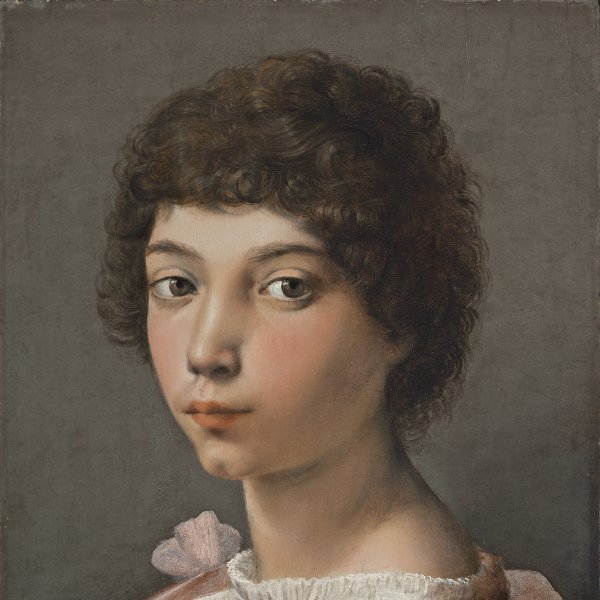Raphael and Collaborator
Urbino, 1483-Rome, 1520
Active as a painter and architect, Raphael is considered one of the great geniuses of the Renaissance, together with Michelangelo and Leonardo. He was born in Urbino in 1483 and first trained with his father, the painter Giovanni Santi. After the latter’s death in 1495 he continued his studies in Perugino’s studio. Between 1504 and 1508 Raphael is documented in Florence where he became acquainted with the work of Michelangelo and Leonardo and was particularly influenced by the latter. During his time in Florence, Raphael received numerous commissions, including portraits and depictions of the Virgin and Child intended for private devotion. The artist’s fame rapidly grew and around 1508 Julius II invited him to Rome to work for the papacy. That same year Raphael embarked on the fresco decoration of the Pope’s apartments in the Vatican palace, a major project that comprised four rooms of monumental paintings. They include some of the artist’s masterpieces such as The School of Athens in the Stanza della Segnatura, and The Fire in the Borgo in the Stanza dell’Incendio. While working on this major project, which occupied him for the rest of his life, Raphael also executed a large number of portraits, religious compositions and tapestry cartoons. In 1509 he initiated his activities as an architect with the project for the Villa Farnesina, and over the following years was active in both fields. On the death of Bramante in 1514, Leo X appointed Raphael architect in charge of the reconstruction of Saint Peter’s, while one year later he was made superintendent of the city’s classical monuments. During these years Raphael ran an extremely large and prolific studio that received numerous commissions. Among his assistants, the figure of Giulio Romano became of increasing importance. During the last five years of his life Raphael was the principal figure within the Roman art world and enjoyed an elevated social status. He died young in 1520 without completing the Sala di Constantino, the largest of the Vatican stanze, which would be terminated by his studio on the basis of his preparatory drawings.





